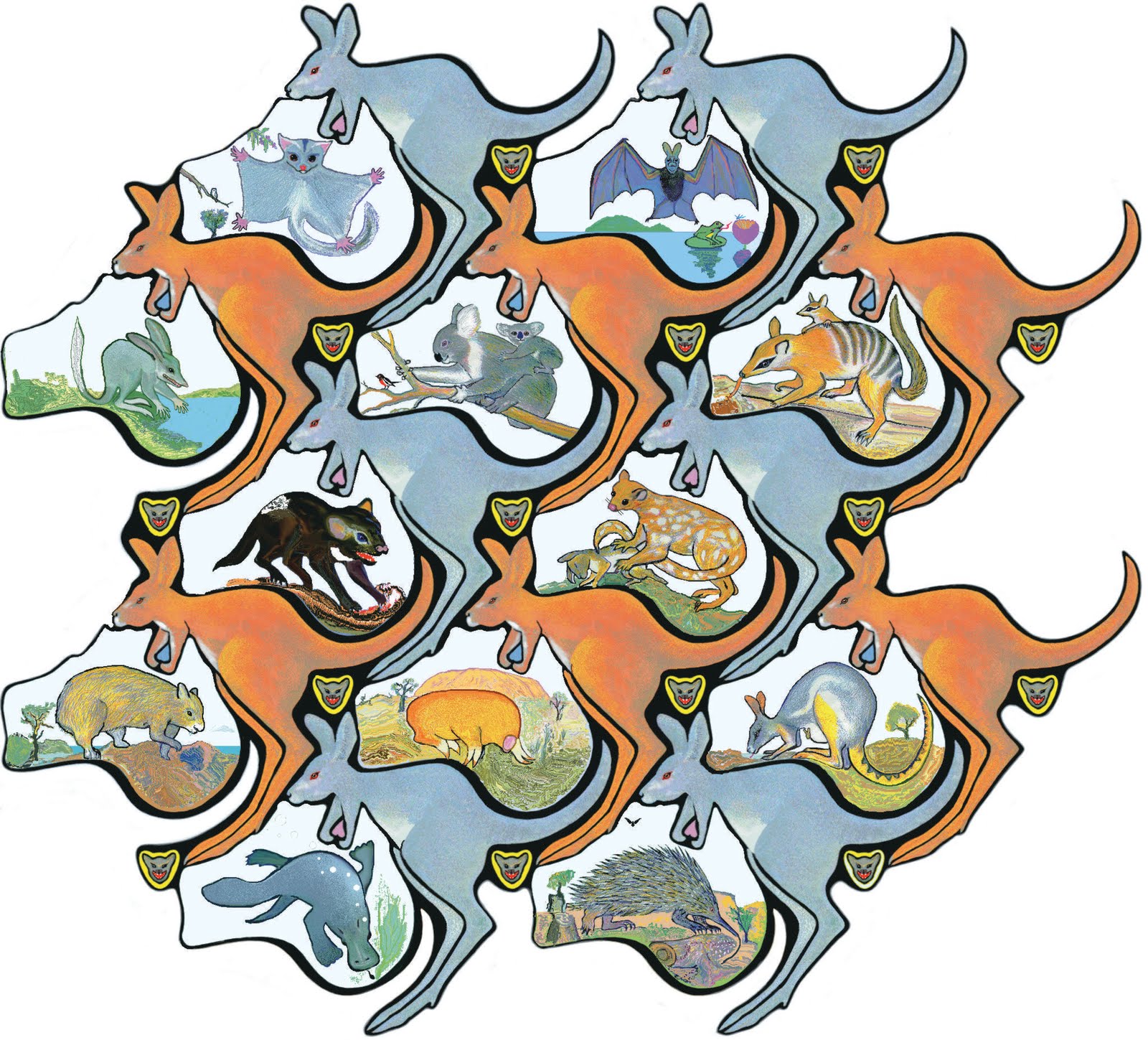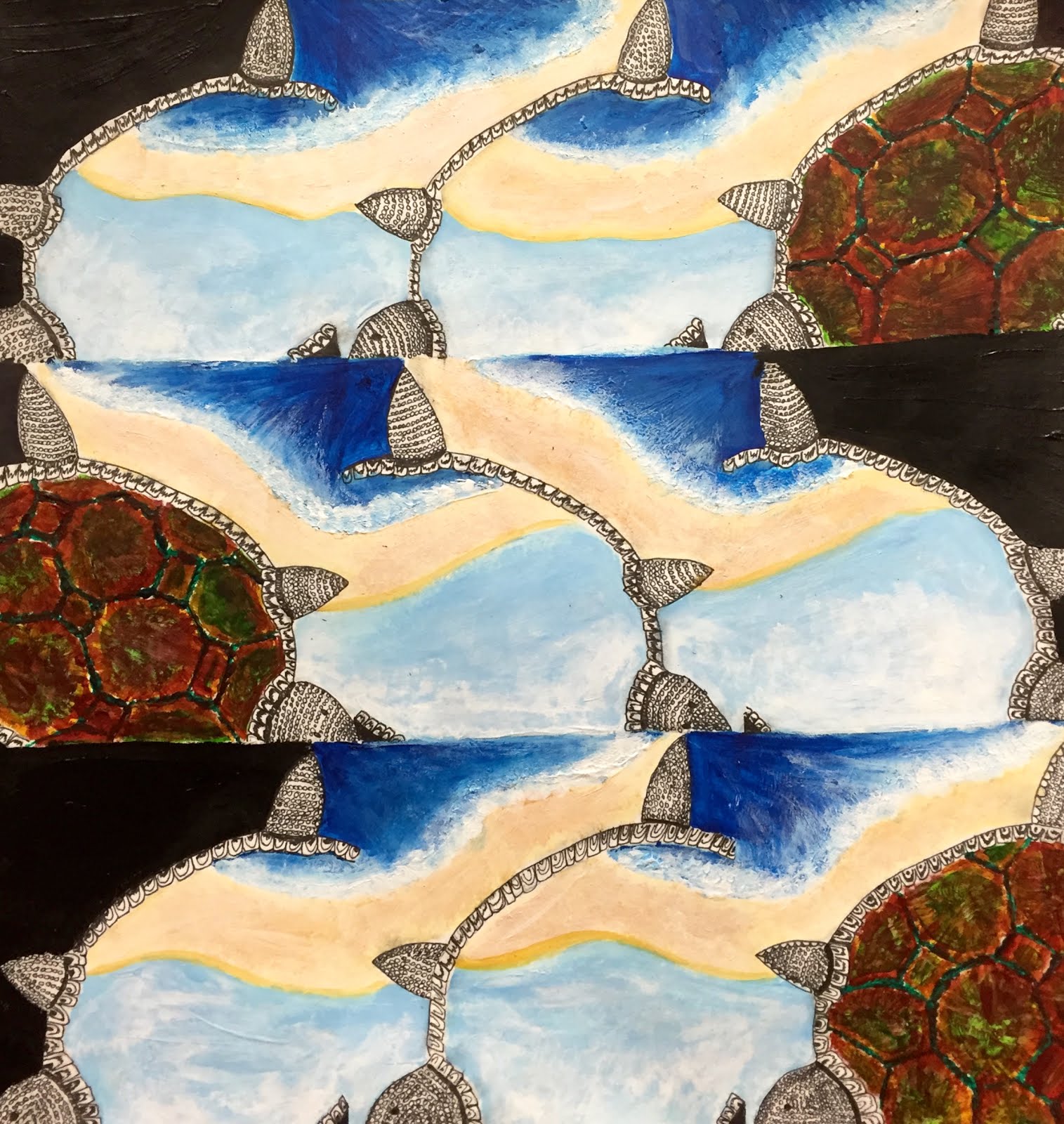

Pattern blocks are a set of geometric shapes that can be used to create a variety of designs. Use pattern blocks to create tessellations. Learn More: Fun Easy Learning Videos For Kids 7. This activity promotes creativity and problem-solving skills as kids experiment with different ways to fit the shapes together to create a repeating pattern. Tangrams are traditional Chinese puzzles made using seven geometric shapes that can be combined to form a square. Use tangram pieces to create a tessellation. This activity promotes creativity and spatial reasoning by encouraging kids to experiment with different Lego shapes and colors to create a striking pattern. Use Lego blocks to create unique tessellations. This activity promotes observation and critical thinking skills as kids look for shapes in their surroundings that can be combined to create repeating patterns. Go on a shape hunt and identify shapes that can be used to create a tessellation.

Mosaic tessellations can be made in a variety of shapes and colors making them a great way to explore color theory and design! This activity requires patience and precision as kids carefully arrange the pieces to create a repeating pattern. Use small pieces of paper or tiles to create a mosaic-style tessellation. This activity promotes creativity and spatial reasoning skills by encouraging kids to explore different shapes and patterns. These tessellations are made by repeating animal shapes that fit seamlessly together. Geometric Animal TessellationsĬombine art and math by creating animal-shaped tessellations. This activity is a fun way to explore geometry and patterns using simple materials like paper and scissors. Much is possible with some artistic intuition, creativity,ĭedication and a great compass and ruler.A post shared by intricate and beautiful designs by folding and cutting paper into repeated shapes that fit together without any gaps or overlaps. Has wielded basic geometry to produce works that are intricate,ĭecorative and pleasing to the eye. Like fish and faces, it does sometimes make use of multiple Geometric design tradition doesn't tend to employ elements To make something that is repeatable, resulting in patterns that may seemĬonfoundingly complex, but are still relatively simple to create. Fivefold patterns, however,Īre more challenging to tessellate because pentagonsĭon't neatly fill a surface, so instead of just creatingĪ pattern in a pentagon, other shapes have to be added Fourfold patterns fit in a square grid,Īnd sixfold patterns in a hexagonal grid. That has appeared across the centuries and all over the Islamic world, including Marrakesh, Agra, KonyaĪnd the Alhambra. Over a circle divided into six parts, and then tessellating it, To create sixfold patterns by drawing construction lines Of construction lines, we might have created this pattern, or this one. Repetitions of this one tile in a process called tessellation.
#Easy beginner tessellation patterns full#
And the full pattern finally emerges when we create a grid with many Many different designs are possibleįrom the same construction lines just by picking different segments. These lines are called construction lines, and by choosing a set of their segments, we'll form the basis Of criss-crossing lines and overlay them with another two.

We'll start with a circle within a square,Īnd divide it into eight equal parts. Let's look at an example of how theseĮlements come together. Of the composition before work begins, keeps the pattern accurate, and facilitates the invention Invisible, but essential to every pattern, the grid helps determine the scale Or surrounded by six petals, belongs in the sixfold category. Of rays on a starburst, or the number of petals around it, tells us what category Whether any pattern is based on fourfold, fivefold, or sixfold symmetry. Is how will you divide it up? Most patterns split the circle So how does that work? Well, everything starts with a circle.

And from these simple tools emergesĪ kaleidoscope multiplicity of patterns. With just a compass to draw circles and a ruler to make lines within them. Sophisticated use of abstraction and complex geometry in Islamic art, from intricate floral motifsĪdorning carpets and textiles, to patterns of tilework that seemedĪnd contemplation of eternal order. Of previous civilizations were preserved and further developed, resulting in fundamental advancements Of Islamic culture, during which many achievements This tradition began in the 8th century CEĭuring the early history of Islam, when craftsmen took preexisting motifsįrom Roman and Persian cultures and developed them into new forms


 0 kommentar(er)
0 kommentar(er)
